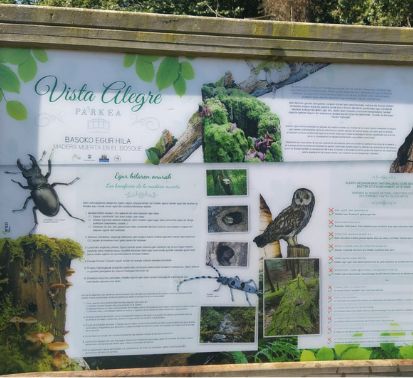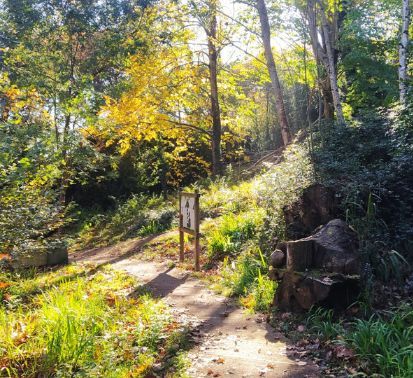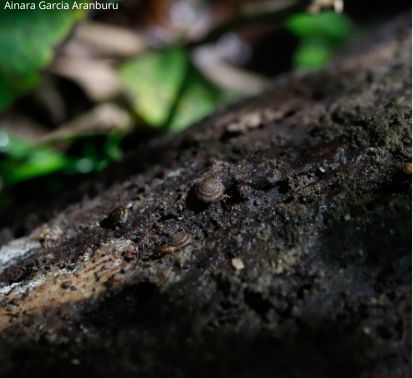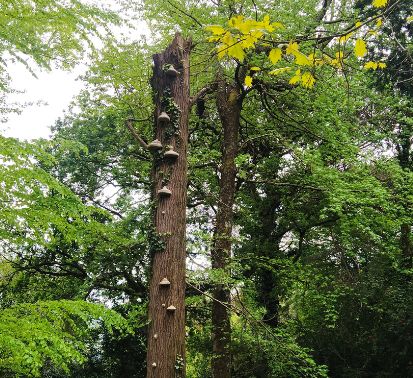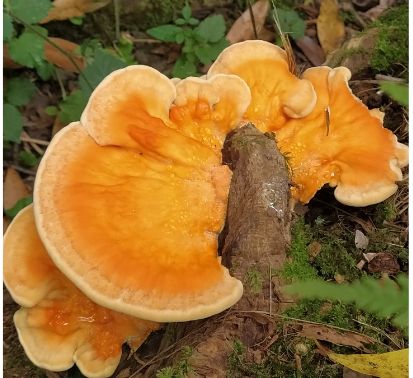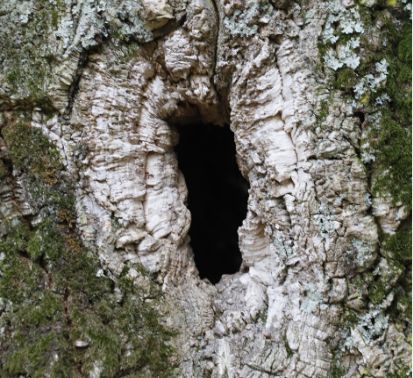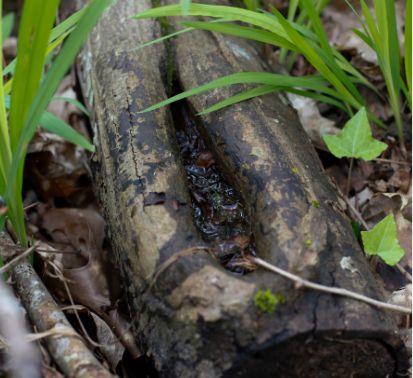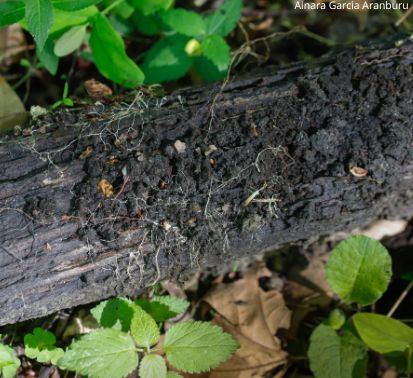As in a balanced society, in a healthy forest, we will find trees of different ages and conditions. We will also see on the ground logs and dried branches in decomposition, as well as dead trees that still remain standing. Why have they not been withdrawn? Do you think the environment is dirty or neglected? Nothing further from reality, as the decaying wood we find along the way has been deliberately left.
Thanks to the work of fungi, which are the most efficient beings in charge of decomposition, countless insects that only feed on dead wood can live in these logs. Have you ever seen flying deer, or rosalie with its striking blue and gray colors? In addition, the holes and holes of the older logs serve as habitat and refuge for different types of animals such as bats, birds... These spaces are not found in trunks of young specimens.
Being wood decomposed organic matter, this compost or natural fertilizer will help in the natural regeneration process of the forest, as the seeds germinate more easily in a well-fertilized soil.
If you've ever sat on a fallen tree, you'll have noticed that when you get up, you've got your butt cold or wet, even if it hasn't rained. This is because dead wood functions as a sponge that accumulates water thus maintaining the humidity of the environment.
At this point we have talked about dead wood; in the next we will learn something more about the living cuttings. To do so, we will advance along the way, because if we go up the stairs, we will find the wall that borders with the medieval road (Camino de Santiago) and the vineyards.
